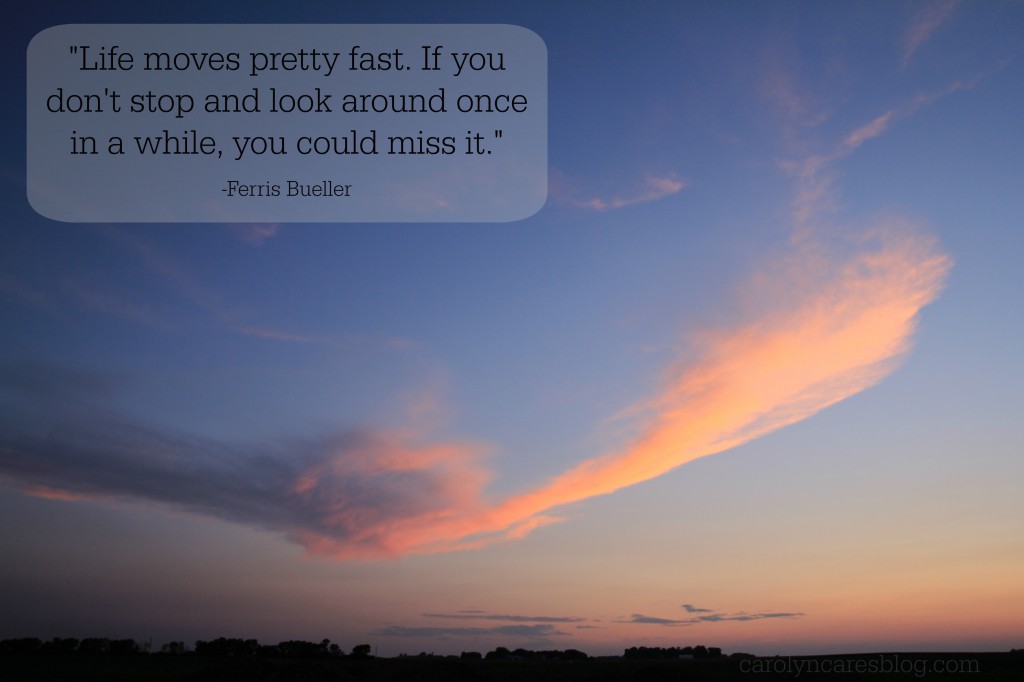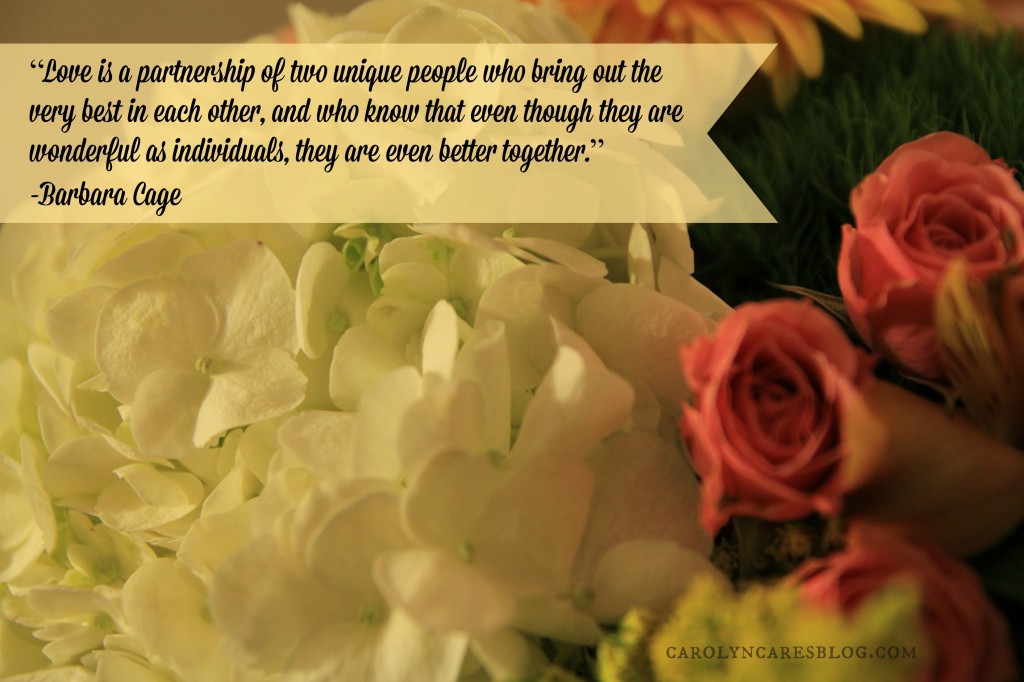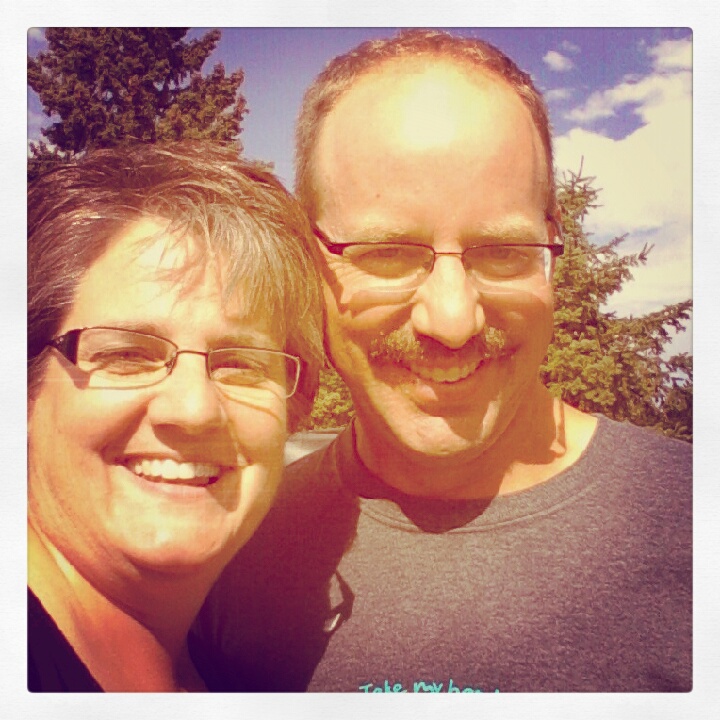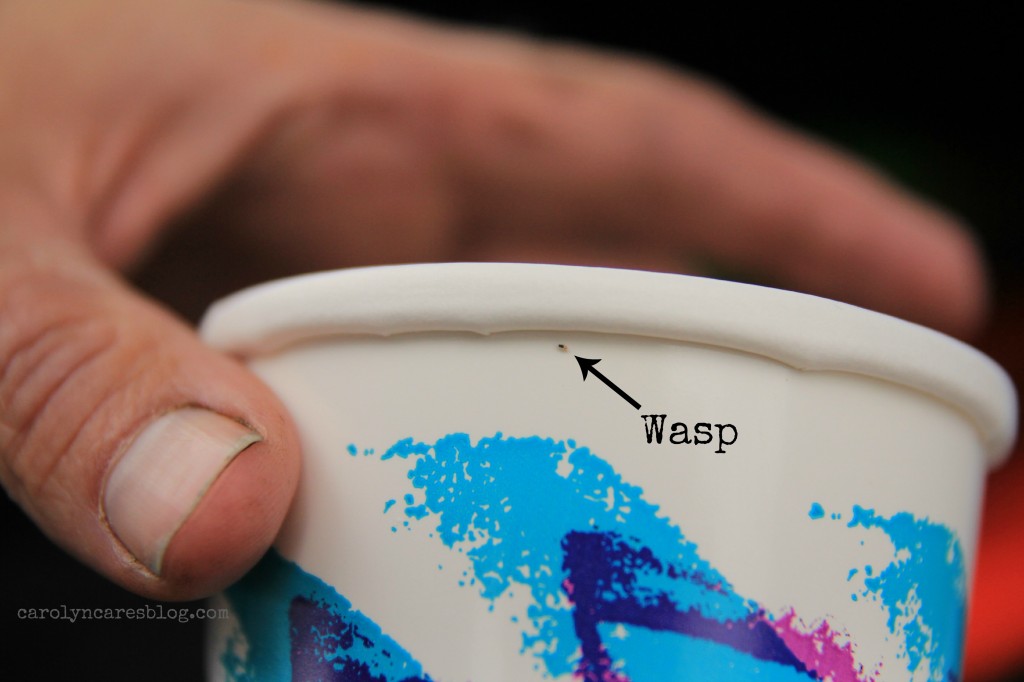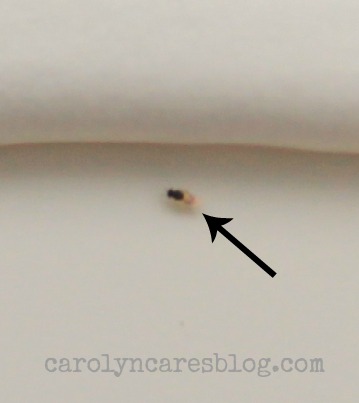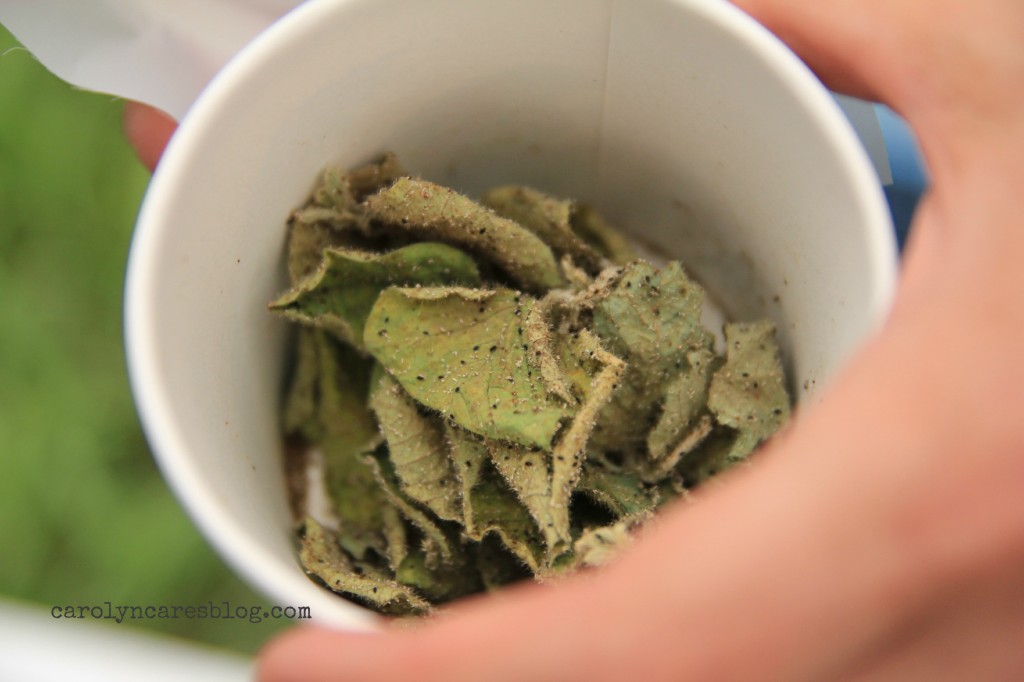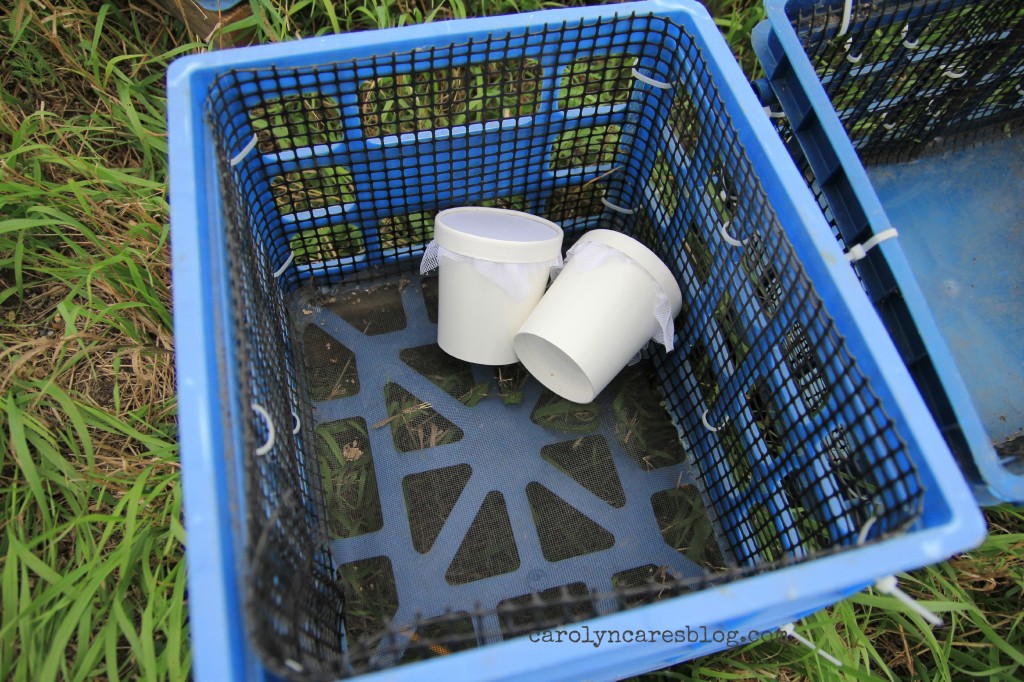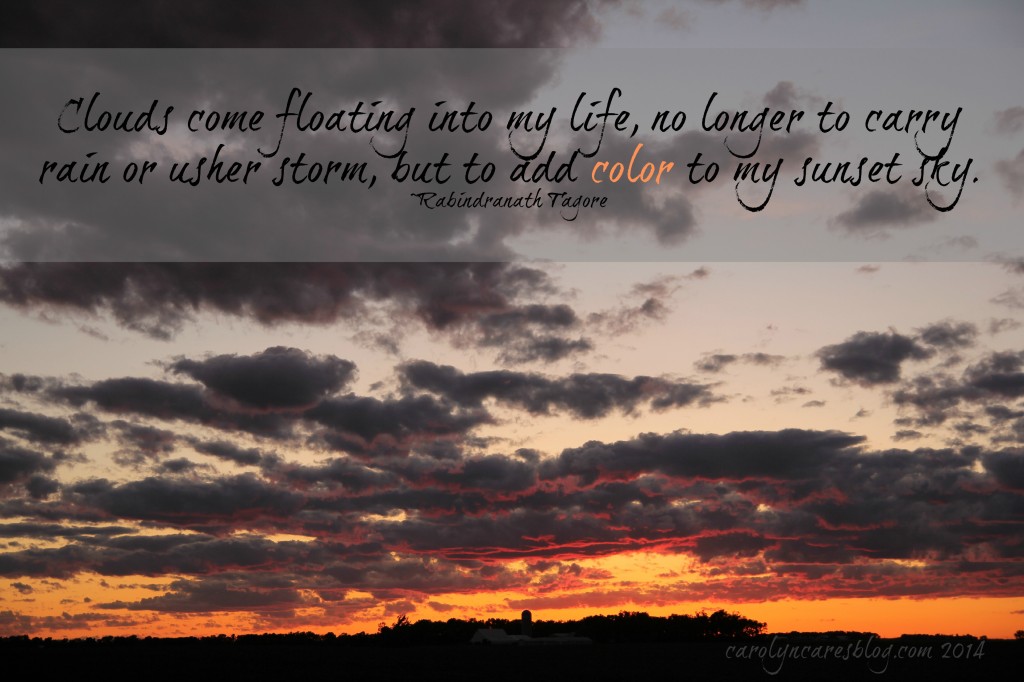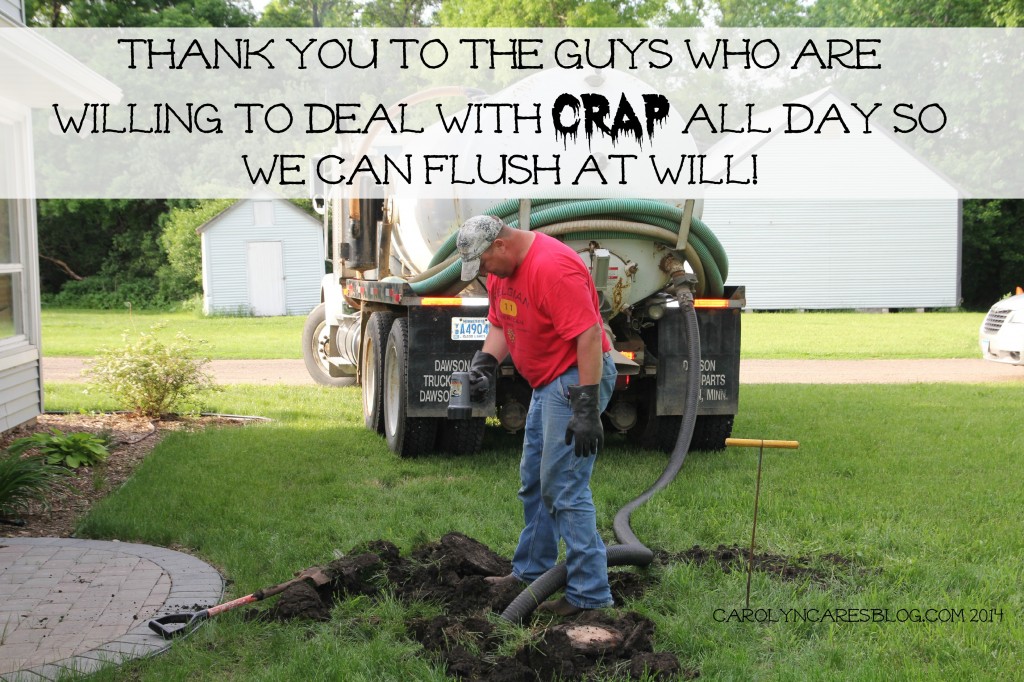Tag: agriculture
10 Takaways from AgChat’s Cultivate and Connect
Last week I had the opportunity to travel to Austin, Texas for AgChat’s Cultivate and Connect conference. This was a gathering of over 140 people from all over the United States, Canada, and Australia. It was a wonderful mix of accents and agricultural backgrounds. I loved meeting so many awesome people in person that I have talked farming with over social media for a long time. For some, it was as if we’ve been neighbors for years.
The whole conference was centered around helping us to tell our agriculture story more effectively. We had great keynote speakers: Thom Singer opened the conference, and really fired us up. Katie Uhlaender, an Olympic skeleton athlete and rancher from Kansas gave us some things to think about while she was telling her story. Montana Logger Bruce Vincent closed the conference, telling us how important it is to get our stories out there, and lead from the front. I also attended four breakout sessions, and had the opportunity to tour North America’s largest Whole Foods, which was founded in Austin.
I like making lists to help me process my thoughts after attending inspiring conferences like this one. I thought I would share 10 takeaways with you, to help you see the conference from my perspective.
10. Agvocates are Awesome! Every single person I met was exactly how I thought they would be. We all have a passion for telling our stories, so there was never a lull in the conversations. I just wish I was able to spend more time with more people. Two days just wasn’t enough to see everyone I wanted to see!
9. Every Agvocate should attend at least 1 AgChat event. Where else can you go, see someone in person for the first time, and immediately go up to them and give them a huge hug? I swear, some of them could be my long lost relatives. This feeling of “you look so familiar” was common, even with people I wasn’t following on social media. If meeting your fellow #AgNerds isn’t enough, the training available, and the expertise amongst the AgChat Foundation board members and fellow attendees makes the whole stress of traveling worth it. I’m not a good flyer…and this was my first time booking a ticket and flying by myself. The experience was totally worth the stress!
8. The City of Austin is cool…and a lot like agriculture. This was my first time staying in Austin, and only the 2nd time I had been there at all. Austin is one of those cities that amazes me. The first night we went to an upscale foodie type restaurant, and the last night it was a taco bar. We ate at a food truck for one of our conference meals, and at our banquet we had a delicious taste of Austin. There were so many great choices, that it was hard to decide which establishment I wanted to try when given the chance. The whole area was a mix of culture, taste, music, and attitude which gave the whole city a vibe that made it one of those experiences I won’t soon forget. If you were to remove one of those elements, the city wouldn’t be as exciting. That’s where it is a lot like agriculture. We have a mix of culture, taste, attitude, and styles that gives ag a great vibe. It is necessary to have a wide range of choices for our consumers, so they can choose what part they want to experience at any given time.
7. Listening to our consumers may get uncomfortable. What does it mean to you when you hear the phrase, “We need to listen to our consumers”? We had a blogger, a journalist, and a chef who really have little to no connection to agriculture speak. The blogger was in a breakout session that I did not attend, but she has been good about participating in more Q&A online following the conference. The other two were part of a panel, along with a registered dietician who does have a connection to agriculture. The conversation got uncomfortable at times, as we heard things being said about agriculture that are completely different than what we see, and it was hard to not get really upset. We really needed to go into the situation with an open mind in order to better understand where those consumers were coming from. We aren’t really listening to our consumers if we’re busy forming rebuttals to what they say while they are speaking.
6. Our consumers are smart – they don’t need educating. How many times have you heard…or uttered the phrase…they just need to be educated, then they’ll accept my type of farming? Many of the consumers that “need educating” are college graduates. I don’t have a college degree, so how can I imply that I am smarter than they are? That’s kind of presumptuous, isn’t it? Taking an air of superiority isn’t going to foster a relationship built on trust. As we heard from one speaker, we need to engage, not educate.
5. For every negative story, we need 6 positive stories to break even. It’s easy to see how many people are so depressed when you listen to the news. Every story is so negative. It gets to the point where you never want to watch the news again. Negativity sells. This is why it is so important to get positive agriculture stories out there. We may not see an increase in corn prices because we blogged about the new calves that were born last night, or about how a combine works, but is that the only reason to blog? We need to get so many good stories about agriculture out there that we are the first choice on search engines when someone is asking why a goat eats cans.
4. We have awesome stories. I loved a point that Bruce Vincent made. He talked about how we are not perfect, but we have great stories to tell. He also stated that, “Rural cultures need a trusted ‘human face’ to share our story…that story is yours.” How much more convincing do we need? I would love it if more farmers were tweeting or sending Facebook updates from their fields, barns, and pastures. I want to hear the stories as much as anyone. When our consumers are ready to hear, give them something to read!
3. You’ll never know when you’ll need someone in your network. This was a major point made by Thom Singer. We never know when we meet someone how they will impact our lives. I know that the people I hung out with before and after the conference have made a huge impact on me already. They are my mentors and my peers. It is important to keep up those relationships, because you never know when you might need them.
2. We cannot attack others in agriculture because they don’t do it our way. Nothing makes me upset more than agvocates putting down other agvocates because they do things differently. Why perpetuate the negative stories or assumptions when you have such an awesome positive story to tell? When agvocates let their differences take over, they lose out on relationships with some pretty darn good people.
1. Building relationships takes time and work, but it is worth it! I joined Twitter 2 years ago so I could participate in AgChat on Tuesday nights. I met some pretty fun people because of those chats, and gained a lot of new social media friends. That led to my very first AgChat conference, and regional event held in Minnesota…which ultimately led to attending the Cultivate and Connect conference in Austin. It was easy to work on those relationships, as I would encounter them regularly during chats or when posting about my farm. We were challenged by Thom Singer to work on our relationships, and be the one to reach out and say ‘hello’. Be prepared, my friends. I’m looking forward to more conversations, and building more relationships with both #AgNerds and consumers.
I’d like to thank the AgChat Foundation board for working so hard at making this conference a positive experience!

Love Is….
I had the awesome opportunity to attend the AgChat Cultivate and Connect conference in Austin, Texas this week. However, that meant for the first time in 26 years, Jonathan and I would not be spending our wedding anniversary together. I was so worried about my flying by myself for the first time ever, that I forgot to even pick up an anniversary card. It is something that has really bothered me this week.
When the conference concluded on Friday, I headed up to my hotel room, and met one of the desk clerks who said she just put something in my room. I opened the door, and there was a beautiful bouquet of flowers from Jonathan! Missing him even more, I burst into happy tears. I’m sappy that way, I know. I called him, and started crying on the phone right away, to which he replied, “oh, you must have gotten the flowers!” Yep, he knows me!
The flower arrangement is beautiful! It is a mix of flowers that, individually, are pretty. Together, they are gorgeous. It’s sort of like our marriage…and the quote below. Jonathan and I are individuals, but together, we are stronger.
I love you, Jonathan!
Wordless Wednesday – 26 Years!
You have to walk carefully in the beginning of love; the running across fields into your lover’s arms can only come later when you’re sure they won’t laugh if you trip. ~Jonathan Carroll, “Outside the Dog Museum”
Thanks for not laughing at me every time I trip! Happy Anniversary, Jonathan! I love you!
Why Minnesotans Should Be Wary of the EPA’s Rule
I live in Minnesota, land of 10,000 lakes. Or, more precisely, 11,842 lakes that are 10 acres or larger, 6564 natural streams and rivers, and 10.6 million acres of wetlands. (source: MN DNR) Water is a big deal in Minnesota, not only for the impact on agriculture, but also as a major source of recreation and revenue from those activities. Our outdoor industry is so important, that we have a state law in effect that schools cannot start until after Labor Day so that families can enjoy one more weekend at their favorite resort or lake. There are a few exceptions, but the residents of those districts are split on whether or not it’s a good thing to start school before the last long weekend of the summer.
When I first heard about the proposed rule that the Environmental Protection Agency filed earlier this year, I was undecided as to whether or not it was a good or bad thing. The more I read, the more I became concerned. The rule is supposed to provide clarification to what some of the terminology of the Clean Water Act (CWA) means. The rule doesn’t change the fact that waters will be assessed, monitored, or cleaned up. There is no language in the rule that changes the basic CWA. What does change is who is in charge of enforcing the assessing, monitoring, and cleaning up. I have a problem with that.
It is important to know what the definition is of paragraph (s)(1) through (4) says, since it is referenced in many parts of the rule.
“(s) For purposes of all sections of the Clean Water Act, 33 U.S.C. 1251 et seq. and its implementing
regulations, subject to the exclusions in paragraph (t) of this section, the term “waters of the United
States” means:
(1) All waters which are currently used, were used in the past, or may be susceptible to use in interstate
or foreign commerce, including all waters which are subject to the ebb and flow of the tide;
(2) All interstate waters, including interstate wetlands;
(3) The territorial seas;
(4) All impoundments of waters identified in paragraphs (s)(1) through (3) and (5) of this section”
The rule says that ditches are exempt if they meet these criteria:
“(3) Ditches that are excavated wholly in uplands, drain only uplands, and have less than perennial flow.
(4) Ditches that do not contribute flow, either directly or through another water, to a water identified in
paragraphs (s)(1) through (4) of this section.” According to this definition, the exempted ditches as listed are not really exempted…because all ditches in Minnesota run “either directly or through another water, to a water identified in paragraph(s)(1) through (4) of this section.” This means that the EPA will basically have control of every single ditch in Minnesota….agricultural, municipal, wherever. We have so many lakes, rivers, streams, and wetlands, that it is pretty much impossible for any ditch to qualify for this exemption.
The rule goes on to try to define what “significant nexus” means. This is where I think it really gets worrisome for Minnesotans.
“The term significant nexus means that a water, including wetlands, either alone or in combination with other similarly situated waters in the region (i.e., the watershed that drains to the nearest water identified in paragraphs (s)(1) through (3) of this section), significantly affects the chemical, physical, or biological integrity of a water identified in paragraphs (s)(1) through (3) of this section. For an effect to be significant, it must be more than speculative or insubstantial. Other waters, including wetlands, are similarly situated when they perform similar functions and are located sufficiently close together or sufficiently close to a “water of the United States” so that they can be evaluated as a single landscape unit with regard to their effect on the chemical, physical, or biological integrity of a water identified in paragraphs (s)(1) through (3) of this section.”
Remembering back to Mr. Emmon’s Earth Science class at Jackson Junior High in Champlin, and the lessons on how water moves makes this definition of significant nexus pretty inclusive of all water in Minnesota. When you look at a watershed map from your county Soil and Water Conservation District, or the Natural Resources Conservation Service you will see that all of the waters in Minnesota flow to the Red River of the North, the Rainy River, Great Lakes basin, Mississippi River, or Missouri River. All of those basins are interstate waters. This would mean that the EPA would have control of all water in Minnesota.
So, why do I have a problem with that? Minnesota has done a great job of implementing the parts of the Clean Water Act that the states were given the authority over. The Clean Water Council is made up of stakeholders representing all areas affected by the rules of the CWA, and those interested in the environment. Who better to help oversee waters in Minnesota, than those who are directly affected by, and care about, the waters in Minnesota? If the EPA’s Rule doesn’t change the fact that the waters are going to be cleaned up where necessary, what is the point of the Rule? It looks more like a control issue than a clarification issue to me. This is why I think we need to #DitchtheRule.
Join me in contacting the EPA and the Army Corp of Engineers asking them to withdraw the proposed rule. A rule that won’t change which waters are regulated, but one that shifts authority away from Minnesotans and into the hands of Washington D.C. bureaucrats.
(Click here to read the EPA’s proposed rule)
(Click here for more information about Farm Bureau’s Ditch the Rule)
(Click here for the Minnesota Farm Bureau Clean Water Act links)
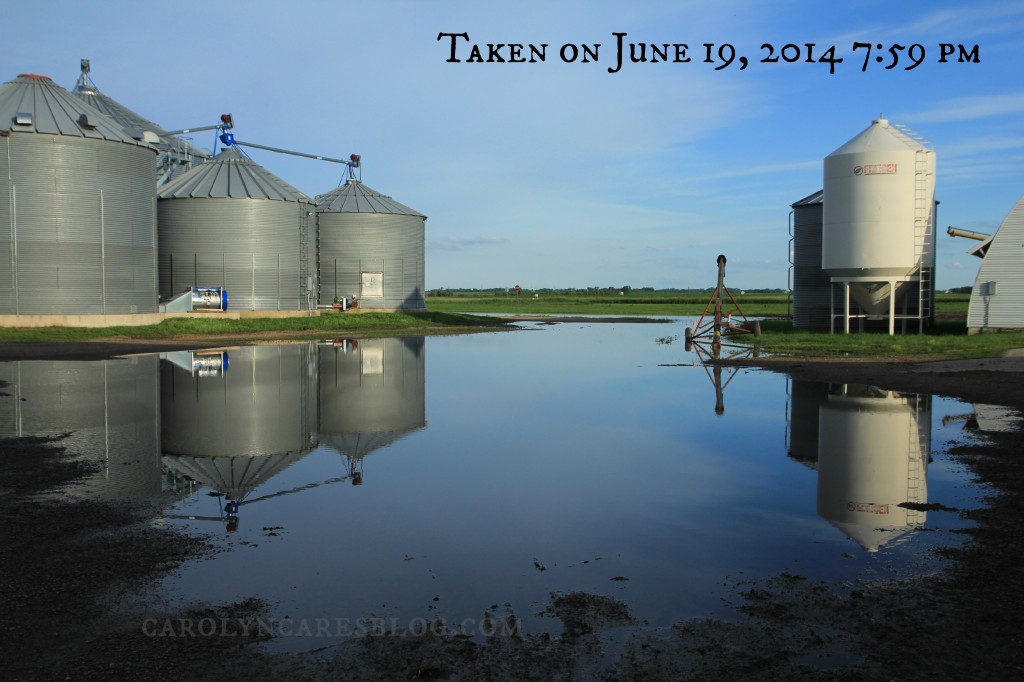
.
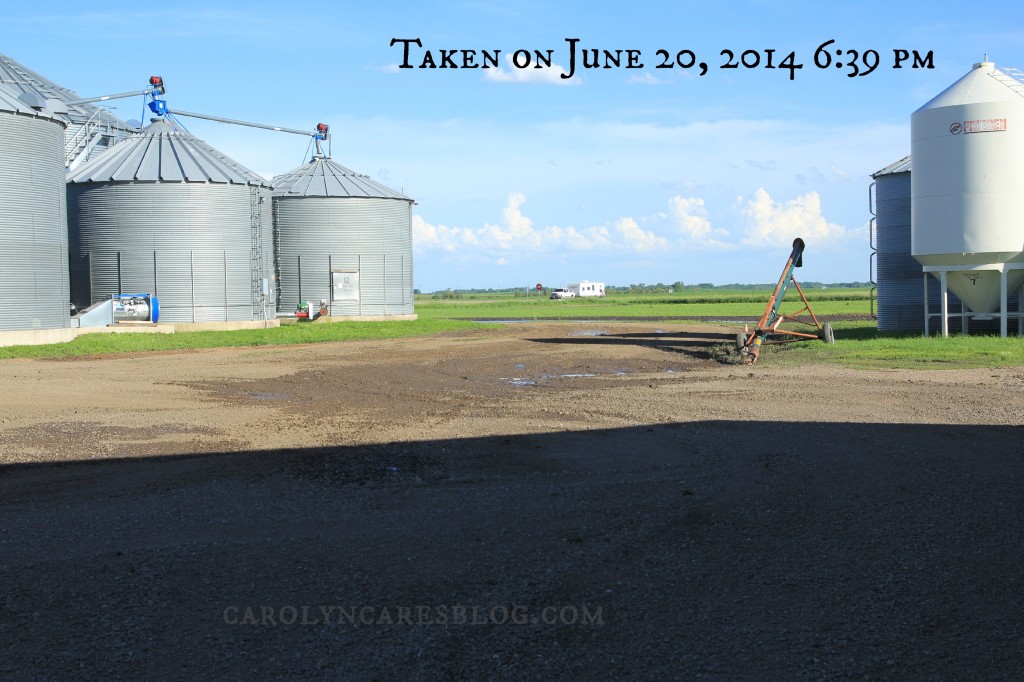
Throwback Thursday – County Fair Days
This is the second year that we have not had a daughter in 4-H. It still seems weird not being at the county fairgrounds every day, all day, while taking care of their goats and horses. Parts of me is thankful we don’t have the stress of show day, but part of me misses it as well. Showing animals at the county fair teaches kids so many things about life…and about agvocating.
Here is a photo from one of the last years that all three girls showed goats.

Where Agriculture and Horror Movies Collide
Have you watched the movie “Alien” where a creature bursts out of the chest of a human, killing him? Truth be told, I am not a fan of horror movies. However, when similar things happen to insects in nature, I am totally fascinated!
Starting today, one of our soybean fields will have little wasps that act like the Alien. They sting soybean aphids, and lay their eggs inside the aphid. This kills and mummifies the aphid. When the larva is ready for the next stage of life, it bursts out of the mummified aphid body. So cool!
So, what do these vicious creatures look like?
Did you see it? Maybe this extreme closeup will help…
Yep, these tiny little wasps are the size of a soybean aphid…which is about as big as the dot of a Sharpie Fine Pen. Nick, a doctoral student from the University of Minnesota entomology department came out today to distribute 75,000 of these little buggers. They arrived in their shipping containers, which were mummified soybean aphids on soybean leaves. The black dots are the aphids which house the wasps…
Nick transferred the wasps, leaves, and larva to a slightly larger cup, making sure he had a similar amount of wasps in each cup (yes, someone had figured out how many there were in each cup). He then put a mesh over the top that was large enough for the wasps to go in and out, but not large enough for predators like lady beetles to get in. These cups were put in milk crates as a base of sorts for the wasps.
Nick then went walking on the edge of the field, flagging locations for the six crates to be placed. After that he measured out about 2 meters in each direction, and placed another flag. The soybean plants by those flags will be checked in 3 weeks to see if the wasps have moved that far from their point of release.
One of the limiting factors in this research is the amount of soybean aphids currently in our fields. When we were looking, we really didn’t find many at all. This is due to the delays in planting, and the cooler weather that has slowed the growth of the soybeans. Nick was explaining the optimal time for aphid movement according to soybean plant stage, and encouraged scouting within the next two weeks.
Jonathan and I are pretty interested in learning more about how this natural aphid control will work in a real world situation. We are hoping that this will turn into a viable tool that we can use to combat the soybean aphid. Right now, as organic farmers, we have no effective method to control them other than planting naturally aphid tolerant varieties of soybeans. Nick is hoping that the wasps that were released today will not only help us this year, but their future generations will be helpful in the years to come.
How cool is it that scientists have found an Alien like way to control an agriculture pest?
Happy Birthday, Jonathan!
Adding Color to My Sunset Sky
I love this quote by Rabindranath Tagore…”Clouds come floating into my life, no longer to carry rain or usher storm, but to add color to my sunset sky.” How many times do we feel the storms of life, or feel like the clouds are hanging over our heads? Flooding, planting delays, stress, anxiety, depression, chronic illness, life changes…all can be the storm clouds that seem like they’ll never part.
Tonight, I am thankful for the parting of the storm clouds, and the brilliant sunset. I am thankful for the rough patches in life that help me to see the beauty in the good times. I am thankful for the promise of a new day. A new start. A new opportunity to be a blessing. Tonight, I am thankful for the clouds that add the color to my sunset sky.
Thankful Thursday – Shout Out to the Septic Guys!
Last week was quite a week for drainage issues at our place. The first issue was related to the two inches of rain we received on Thursday. The outlet for our house storm drainage was under a foot of water, which meant the tile lines around the house were level full. Every time the sump pump ran, it would pour the water back into the house. Jonathan and I were not home when that happened, but thankfully, our daughters were. We were able to tell Laura how to cut the pipe with the Sawzall and attach a hose to extend the drainage into the yard. The girls were awesome, and even started cleaning up the water before we got home.
While dealing with the wet carpet, we noticed that the sewer line was backing up a little bit. We weren’t sure the cause, but thought the septic tank could have gotten too full, so we called a local septic tank guy. We were on a no water in the drain order until after he came to check out the situation. I was very happy to see Gary show up!
Last summer, we had some landscaping done where we took out all the shrubs and the sidewalk around the house and regraded the soil to help prevent water issues in the basement. This meant that they tapered the soil and tilled up a swath of grass as well. This was seeded to grass seed, and looked really nice. What we didn’t think about at the time was the fact that they took out the divots that marked where the septic tank covers are. So we needed to start probing the soil. It took a little bit to find the covers, but once we did, it was easy to dig down and uncover the pump outs. We found out that we had an issue in the line, so after the septic tank was pumped, the guys went to work figuring out the issue. I’ll be honest. It totally grosses me out when they work on that. I can handle animal manure, and baby diapers, but I can’t handle sewage.
Because the whole thing grosses me out, I am so thankful for people like Gary who do this every day. He is the nicest guy, and is so easy to work with. You don’t really appreciate guys like him until you need them…which is why the septic cleaners and fixers are my Thankful Thursday focus this week. Thank you all for being willing to deal with crap every day so we can flush at will!
